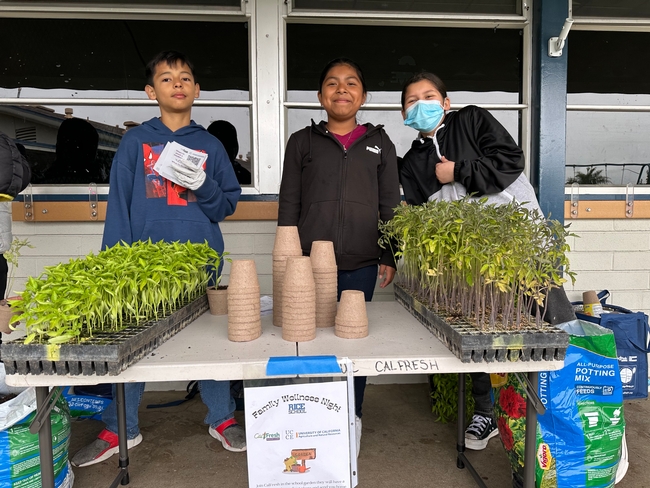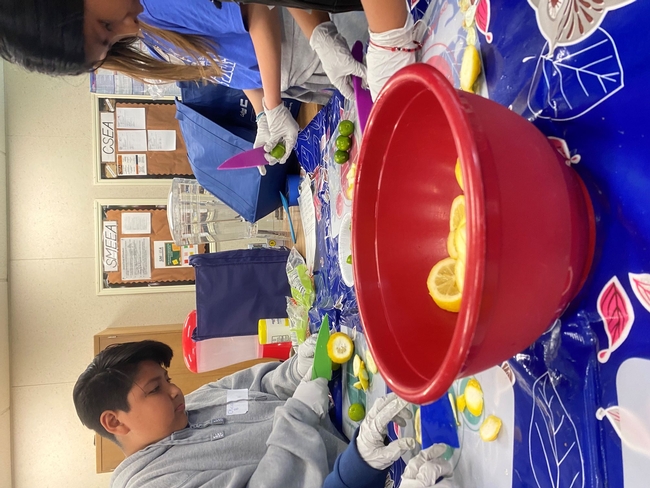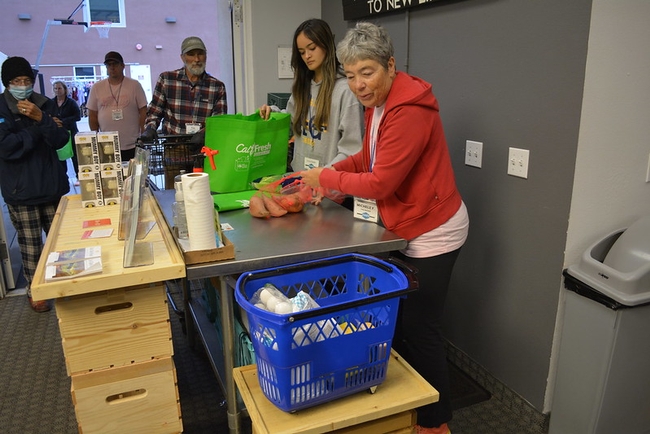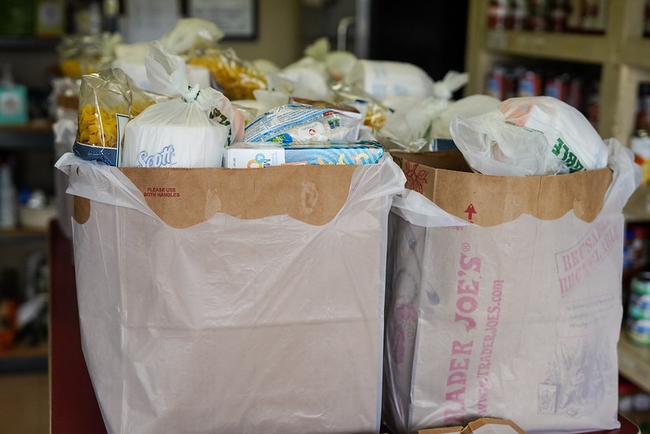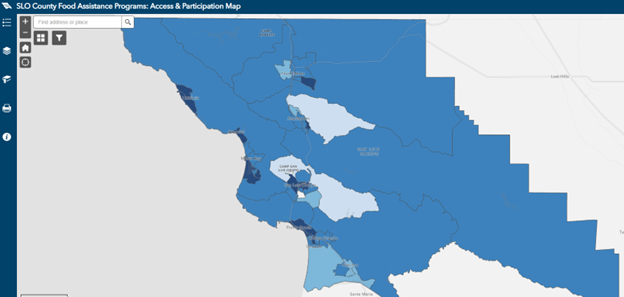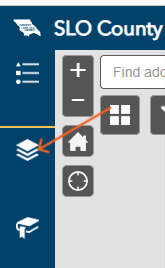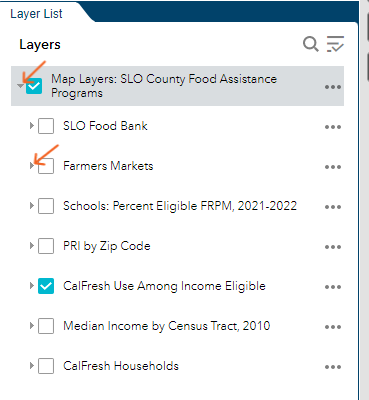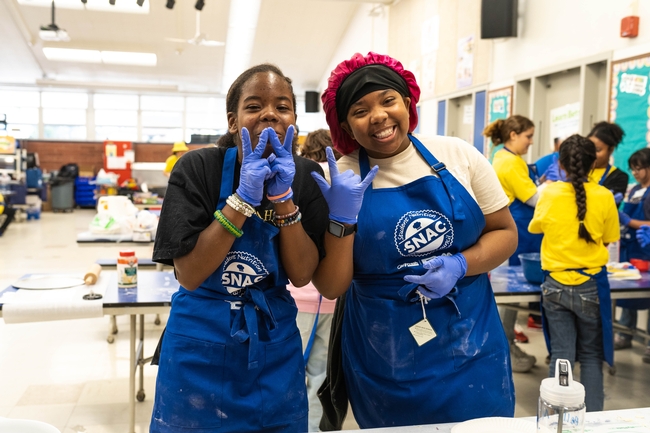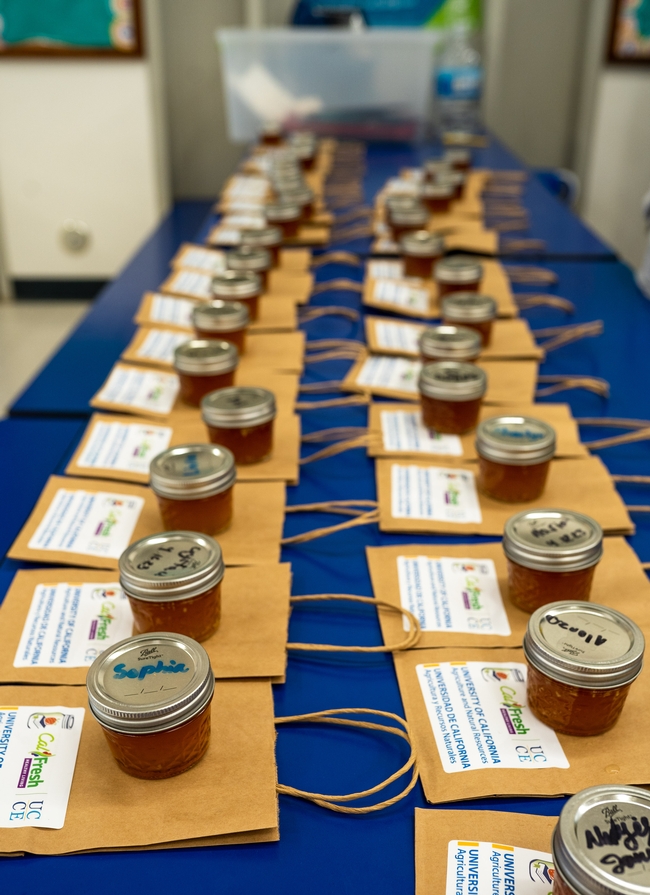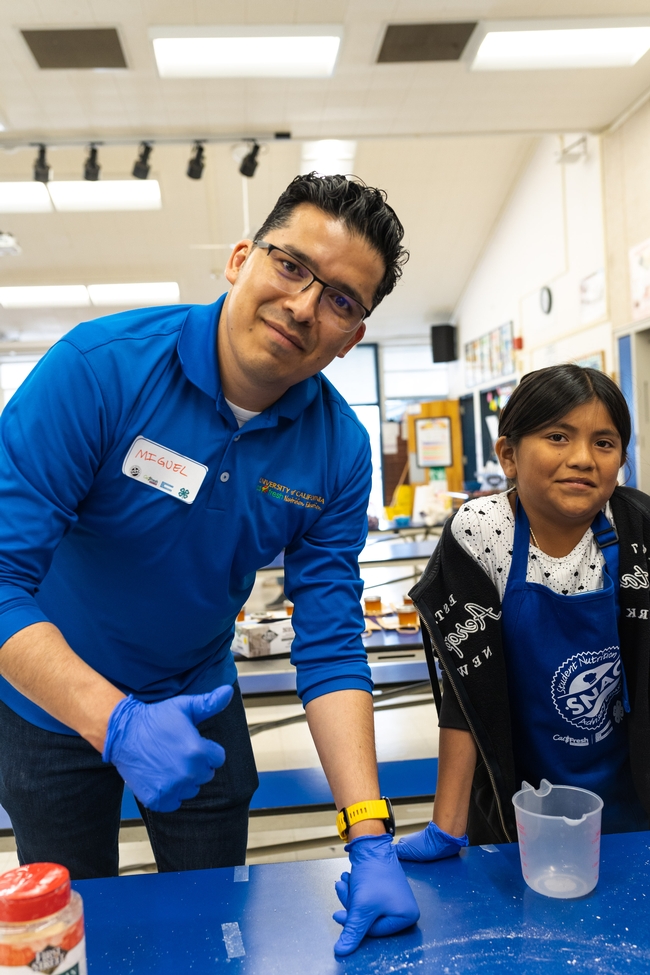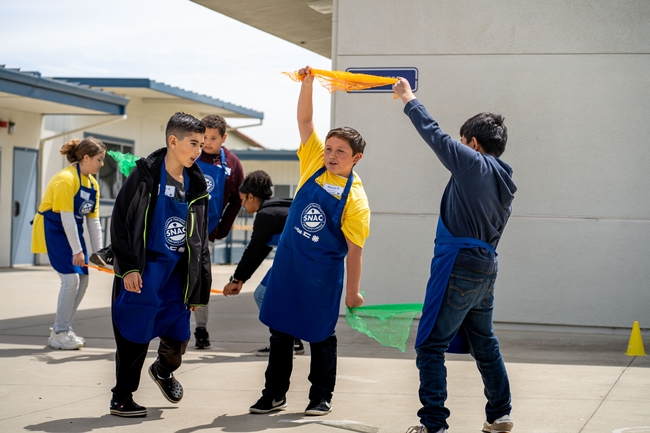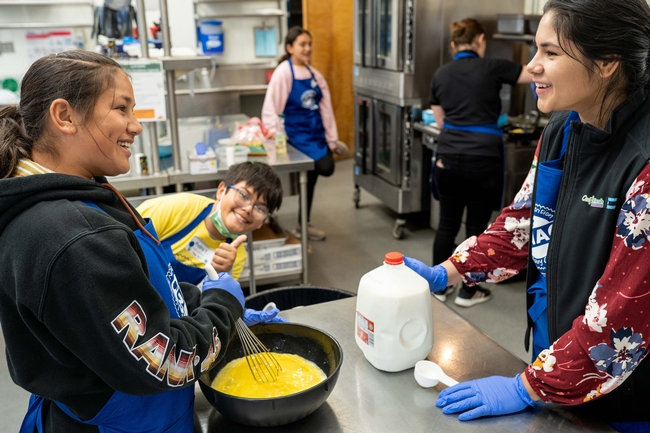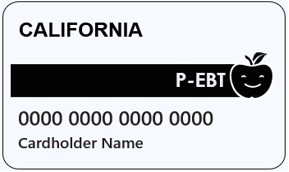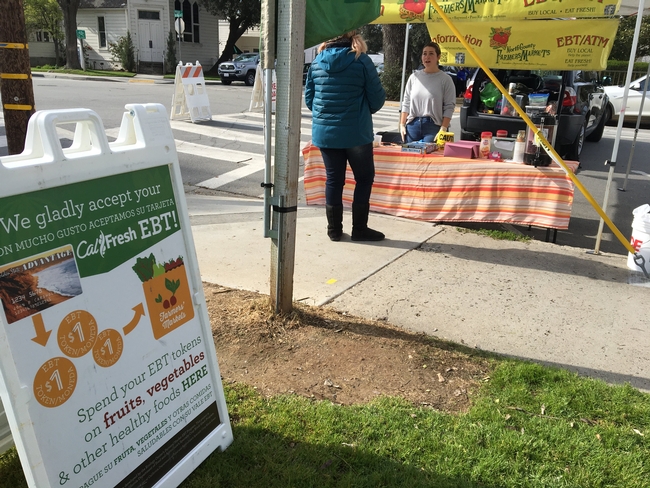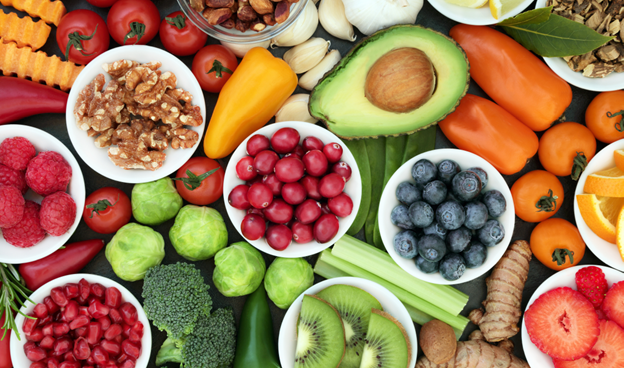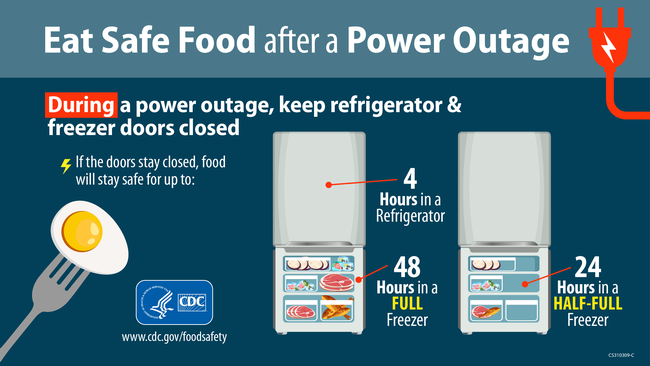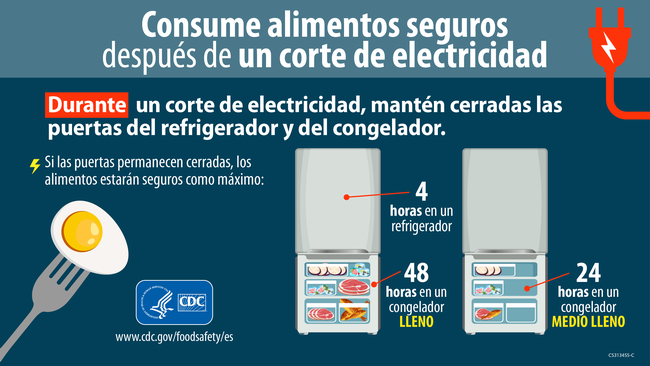- Author: Kelly Hong
- Author: Shannon A Klisch
The 4-H Student Nutrition Advisory Council (SNAC) club at Rice Elementary returned to in-person meetings this year for the first time since March 2020. 4-H SNAC is a collaboration between UC Cooperative Extension programs (CalFresh Healthy Living and 4-H) and local schools and provides 4th - 6th graders opportunity to build leadership skills and create healthy changes in their community.
Student leaders were excited to join the club this year and promote healthy living at a school-wide Family Wellness Night event, where families were invited to learn about community resources and healthy living tips. 4-H SNAC youth leaders worked together to decide which topics they wanted to promote. Ultimately they voted to host two booths including 1) a garden station where students demonstrated how to plant tomato and pepper plants and provided information on how to grow food at home, and 2) a hydration station with a spin-the-wheel game where students leaders engaged families in physical activity and shared how to make fruit infused waters to reduce their consumption of sugary beverages.
Leading up to the event youth learned about the importance of nutrition, gardening, and physical activity and the role they play in living a healthy lifestyle from the club facilitator. During club meetings, they practiced making group decisions following Parliamentary Procedure, making healthy recipes, maintaining their school garden, and playing games that focused on being physically active. Family Wellness Night was a culmination of the 4-H SNAC youth leaders' hard work where they were able to showcase all their new skills to be agents for change in their community. As a result, students reported that the best part of participating as a youth leader in this program included making food and learning how to make the world a healthier place, getting to work as a team, teaching others, and promoting healthy living at Family Wellness Night.
More information on starting a 4-H SNAC Club in your community can be found in our recently published 4-H SNAC Guide.
Funding support provided by USDA NIFA, CYFAR
California's CalFresh Healthy Living, with funding from the United States Department of Agriculture's Supplemental Nutrition Assistance Program – USDA SNAP, produced this material. These institutions are equal opportunity providers and employers. For important nutrition information, visit www.CalFreshHealthyLiving.org.
This institution is an equal opportunity provider. Full FNS Nondiscrimination Statement.
- Author: Shannon A Klisch
- Author: Jen Miller, SLO Public Health
- Author: Allen Dailey, SLO Information Technology (GIS)
- Author: Leo Ontiveros, SLO Public Health
- View More...
CalFresh (also known as SNAP or food stamps) is one of our most effective tools for increasing food security; however, not everyone who qualifies for the benefits are receiving them. This adds up to a big loss in terms of potential health and economic benefits. Analysis shows that if 100% of eligible people in our county participated in CalFresh, that would bring in $32.5 million in additional federal dollars locally. This additional money for low-income households would also free up dollars for individuals to spend on other basic needs, like housing, transportation, and medical care. However, CalFresh utilization in SLO County remains low.
With the last of the emergency allotments for the SNAP/CalFresh program distributed in March, families will be facing a shrinking food budget. Emergency allotments raised each household's monthly allotment by at least $95 and helped many households in California and San Luis Obispo County stay out of poverty and continue to put food on the table.
Exploring the issues through data and geography
In a new project to continue working toward increasing food access and food security, partners from UC Cooperative Extension and the CalFresh Healthy Living programs; San Luis Obispo County departments of Public Health, Social Services, and Information Technology (GIS); and the SLO Food Bank are collaborating to, literally, put food access in SLO County on a map.
The map is called SLO County Food Assistance Programs: Access and Participation Map. It incorporates data from our county CalFresh program, U.S. Census data, local farmers markets, school meal programs, and food bank partners to visually explore the gaps in food access and food assistance. The map can be used to plan outreach strategies, to raise awareness of the CalFresh program, to identify priority areas for increasing food distributions, and to see how close farmers markets that accept CalFresh and offer nutrition incentives through the Market Match program are to low-income households and people actually on CalFresh.
How to use the food access and participation map:
Go to the map by clicking the link above or cutting and pasting this address into a web browser: https://gis.slocounty.ca.gov/sites/foodassistance.htm
Click on the icon that looks like a stack of papers to see all the possible data layers and start exploring. Click the small gray drop-down arrows to expand categories of layers, and click the check box next to layer names to turn layers on and off.
Questions to explore:
Plan Outreach to Food Insecure Communities
In SLO County, only 47.6% of the people who are eligible to receive CalFresh are actually enrolled in the program. Eligible individuals who are not enrolled could be receiving hundreds of dollars in food assistance each month. We can change that by learning which communities have low CalFresh enrollment, even though they are income eligible and then planning outreach strategies that are tailored to that particular community. To learn where there is a need for more CalFresh outreach, select the CalFresh Use Among Income Eligible layer. The darkest census tracts are the areas where outreach should be focused - a high percentage of income eligible households (at or below 200% of the Federal Poverty Level) but few people enrolled in CalFresh.
Use CalFresh at Farmers Markets Near You
Compare where there are farmers markets that accept CalFresh with census tracts where high percentages of people are on CalFresh. Click the Farmers Markets and CalFresh Households layers.
Food Distributions by Neighborhood
See where food is distributed and how that aligns with low-income census tracts. Click the SLO Food Bank layer and the Median Income by Census Tract layer.
How will you use the map to support food access in SLO County?
To apply for CalFresh:
Visit GetCalFresh.org, call the CalFresh Info Line 1-877-847-3663 (available in English, Spanish, Cantonese, Vietnamese, Korean, and Russian), or visit your local Department of Social Services office.
To find a farmers market near you that accepts CalFresh, WIC, and has the Market Match program, visit FarmersMarketFinder.org.
On Hunger Awareness Day (June 2, 2023) the SLO Food Bank and DSS will host CalFresh Application Assistance sites throughout the county. More information here.
- Author: Shannon A Klisch
- Author: Kelly Hong
- Author: Mishelle Costa
Three years ago, in early March 2020, our CalFresh Healthy Living, UCCE team was sitting in our downstairs auditorium trying to figure out how we could host our annual 4-H SNAC Culinary Academy in the face of something we had never experienced, and didn't yet grasp, was going to be a pandemic that would disrupt everything. We heard that schools were shutting down for a week, maybe two. Instruction was moving online. We were in the busiest part of our school programming year, planning for our fifth Culinary Academy with a group of youth leaders we had been working with all year. Recipes had been selected, supplies gathered, food about to be purchased. And then we realized... you can't bring youth together from four different schools across two counties to cook, laugh, play, teach, and lead in the midst of an unknown infectious and global disease. It was heartbreaking and suddenly real as we were sent home from the office, laptops in tow, and told to work from home until further notice.
Fast forward three years to April 2023. Walking into a school cafeteria over Spring Break, bustling with life and young leaders perfecting culinary techniques, putting MyPlate into practice, playing and leading physical activity breaks. I don't mean to be dramatic, but I almost cried.
On April 12, 2023 about 35 youth from 4-H SNAC Clubs in the Santa Maria-Bonita and Lompoc Unified School Districts came together for a postponed 5th annual Culinary Academy. Youth worked on recipes to enhance their knife and stove top skills, food safety, and baking techniques. Youth leaders selected the healthy, low-cost recipes including omelets and pizza. Youth also learned about food preservation and water bath canning techniques from the UC Master Food Preserver volunteers.
4-H SNAC is a collaboration between several UCCE programs including CalFresh Healthy Living and 4-H, local schools, youth, and families. The goal of 4-H SNAC Clubs is to engage 5th and 6th grade youth in low-income communities in identifying and leading healthy changes in their schools or communities while building their leadership skills.
Studies show that getting kids involved in cooking and food preparation is one of the best ways to promote healthy, lifelong eating habits. With 4-H SNAC Clubs we take those healthy habits one step further as the youth spread their knowledge and skills by leading food demonstrations at their schools, in their homes, and in their communities.
This institution is an equal opportunity provider. Full FNS Nondiscrimination Statement.
- Author: Shannon A Klisch
Did you get a P-EBT card in the mail and wonder, “what is this?” You're not alone. When you're ready to activate your child's P-EBT card, call the number on the back to set-up a pin and check your balance. That little card could have several hundred dollars on it. With the cost of food lately, that can be a big help.
P-EBT (Pandemic Electronic Benefits Transfer) is a food benefit card that can be used like an ATM card to purchase food - with a few exceptions. P-EBT is similar to CalFresh (also known as SNAP, EBT, or food stamps) and usually you cannot use these benefits to buy hot foods or any foods that are intended to be eaten on-site. I say “usually” because there is a waiver in place through February 20, 2023 which allows people to buy hot foods temporarily with CalFresh and P-EBT in certain counties that were impacted by severe winter storms.
So now that you know a little about that white card, here are 5 things to know about P-EBT:
1) You can use your P-EBT card at many local farmers markets. Some markets will even double the first $10-$15 you redeem if they have the Market Match program. Locally, markets from Paso Robles to Lompoc to Santa Barbara accept CalFresh and P-EBT, and many also offer Market Match. Locate a market near you by visiting the Farmers Market Finder. Once at the market, look for the market manager's booth or a sign that says “EBT Accepted Here.” The person at the table will walk you through the rest.
2) P-EBT and EBT/CalFresh programs support a healthy economy. The US Department of Agriculture estimates that every $1 spent on SNAP (known as CalFresh in California) induces $1.54 in economic activity. This supports job creation, farm income, and income for all involved in the production, distribution, marketing, and sale of foods. In addition, the program helps stabilize the economy. In an economic downturn when incomes fall, spending on SNAP tends to go up (because more people now qualify for the benefits). As people spend their food benefits, income is generated for everyone along the food chain.
3) P-EBT and EBT/CalFresh support healthier people. The main goal of the SNAP/CalFresh programs are to reduce food insecurity. Food insecurity is when people don't have access to enough food for an active and healthy life. In a 2017 study, researchers found that, as food insecurity worsens, the risk for chronic diseases like high blood pressure, diabetes, asthma, and heart disease goes up. P-EBT and CalFresh help people put food on the table, reduce food insecurity, and can lead to improved health.
4) You DON'T need to apply for P-EBT but you DO need to apply for CalFresh/EBT. P-EBT cards are mailed directly to families with children who meet eligibility criteria. If you got a P-EBT card, but are not currently enrolled in CalFresh, you may want to consider applying. Many people who are eligible for CalFresh are not currently getting the benefits. If you think you might qualify for CalFresh, consider applying today. You can apply online or in-person (Find your local DSS Office: SLO DSS, Santa Barbara DSS. If you worry about having enough money for food, CalFresh can help!
5) P-EBT is not a public charge. Receiving CalFresh or using P-EBT benefits does not affect immigration status. Further, households who have a mix of documented and undocumented people can still apply. Find out more at GetCalFresh or KeepYourBenefits.
Now that you're ready to use those P-EBT benefits, find some healthy low-cost recipes at EatFresh and make your shopping list today.
What other questions do you have about P-EBT, EBT or CalFresh?
- Author: Shannon A Klisch
It has been several weeks since we experienced flooding and power outages in San Luis Obispo and Santa Barbara counties but that doesn't mean that everything is back to normal. Many people experienced power outages and damage from flooding. When the power goes out for more than four hours or disaster strikes, it becomes necessary to throw out damaged food.
The US Department of Agriculture (USDA) and California Department of Social Services (CDSS) which oversees SNAP/CalFresh/EBT benefits at the national and state levels have announced a few programs to help people who receive food assistance in select counties and zip codes:
1) USDA Allows Hot Food Purchases with SNAP/CalFresh/EBT (food stamps) now through Feb 20, 2023 in select counties.
In normal circumstances CalFresh can only be used to purchase cold foods or foods intended for off-site consumption. There are exceptions to this, including the Restaurant Meals Program intended for people who are 60+, have a disability, or are experiencing homelessness. However, now through Feb 20th all CalFresh cardholders can purchase hot foods or foods intended for ON-site consumption at authorized retailers in San Luis Obispo and Santa Barbara Counties.
Read the full USDA Notice to Retailers
Find Authorized SNAP/CalFresh Retailers
Farmers markets that accept SNAP may be authorized retailers.
Please be patient as it may take time for each market to get ready for this large and temporary change to their operations.
Resources for market managers:
- Signage to let market customers know about the change (click to make a copy)
- For questions about SNAP Farmers' Markets, email SM.FN.ROB-WC1RETReply@usda.gov. or call SNAP Retailer Service Center at 1-877-823-4369
2) Automated Mass Replacement for CalFresh households in areas impacted by the recent flooding, mud slides, and power outages
The USDA Food and Nutrition Services has approved the replacement of 60% of SNAP/ CalFresh January benefits for all households in zip codes impacted by power outages. In San Luis Obispo County, this includes the following zip codes:93428, 93442, 93424, 93452, 93402. In Santa Barbara County, this includes 93429.
From the San Luis Obispo County DSS office:
- CalFresh households in the above listed zip codes will receive additional benefits on February 7th, 2023.
- This additional amount will be 60% of their January 2023 CalFresh benefit allotment, including emergency allotments.
- Households who received individual CalFresh replacement benefits by completing a request will not be issued additional benefits under the mass replacement issuance.
- Affected households will not be notified.
Why?
Over 50% of households in the above zip codes lost power for more than four hours due to storm power outages. USDA states that most refrigerators will keep food safe for up to 4 hours during a power outage. It is recommended that, during an outage people keep the refrigerator door closed as much as possible and toss out any perishable foods such as meat, fish, eggs, and leftovers after 4 hours with no power.
More information on food safety during a power outage is available at foodsafety.gov or the Centers for Disease Control and Prevention has tips in multiple languages on how to keep food safe before, during, and after an emergency.
NEVER taste food to determine if it is safe after a power outage. Bacteria and other organisms multiply faster at temperatures above 40 degrees F. These organisms can cause illness without affecting how the food looks, smells, or tastes.
I know it is hard to do, however, when in doubt throw it out! For those with limited incomes with CalFresh, you can now replace that food.


